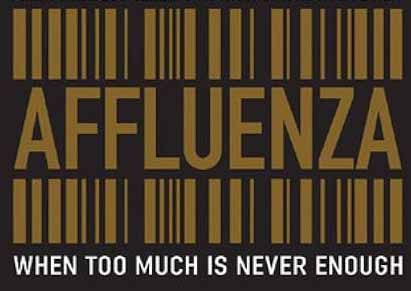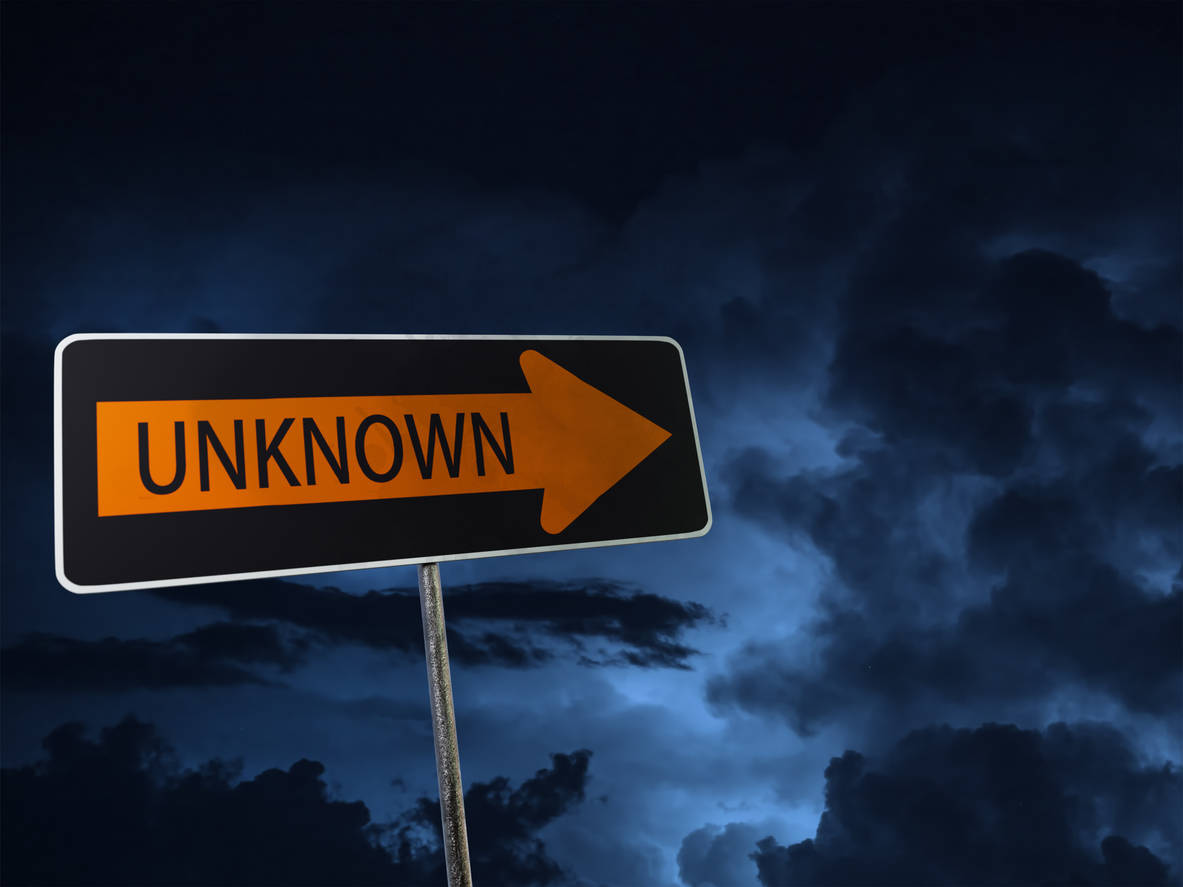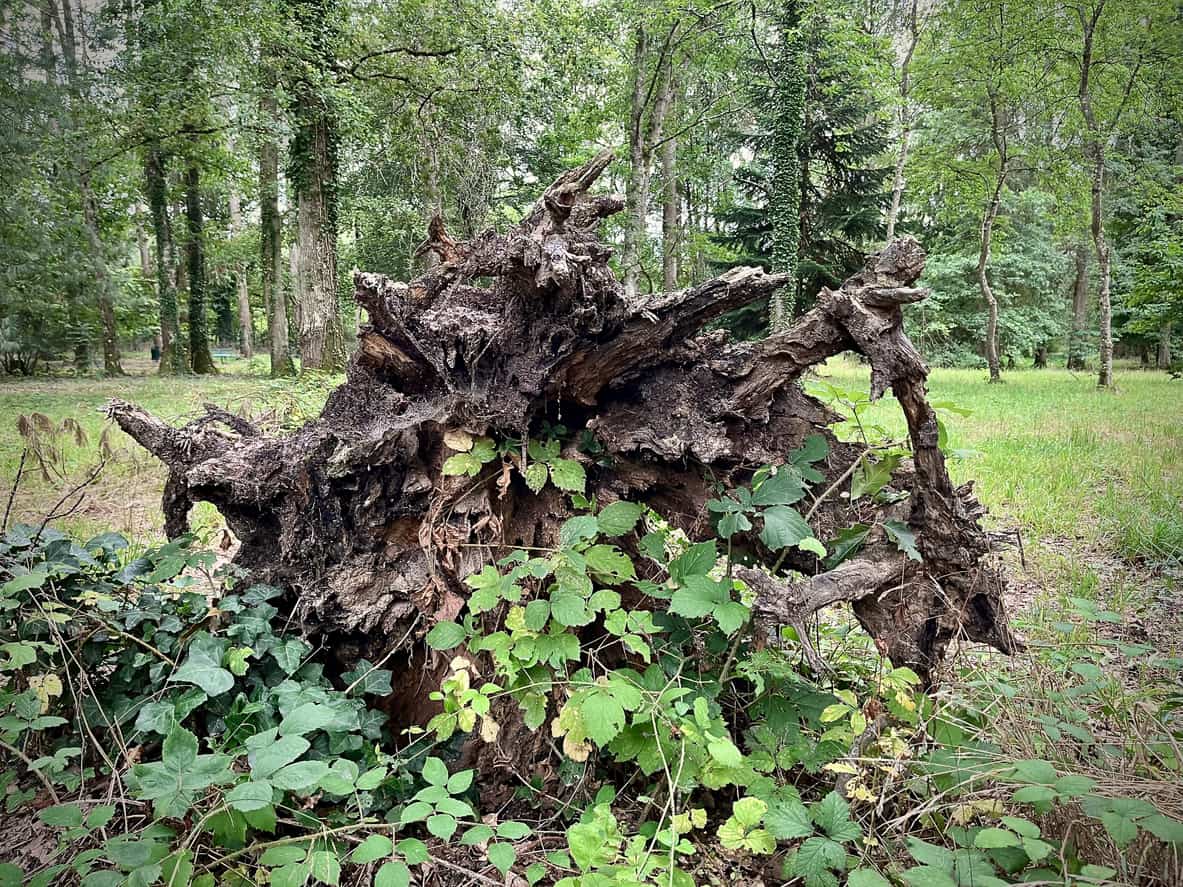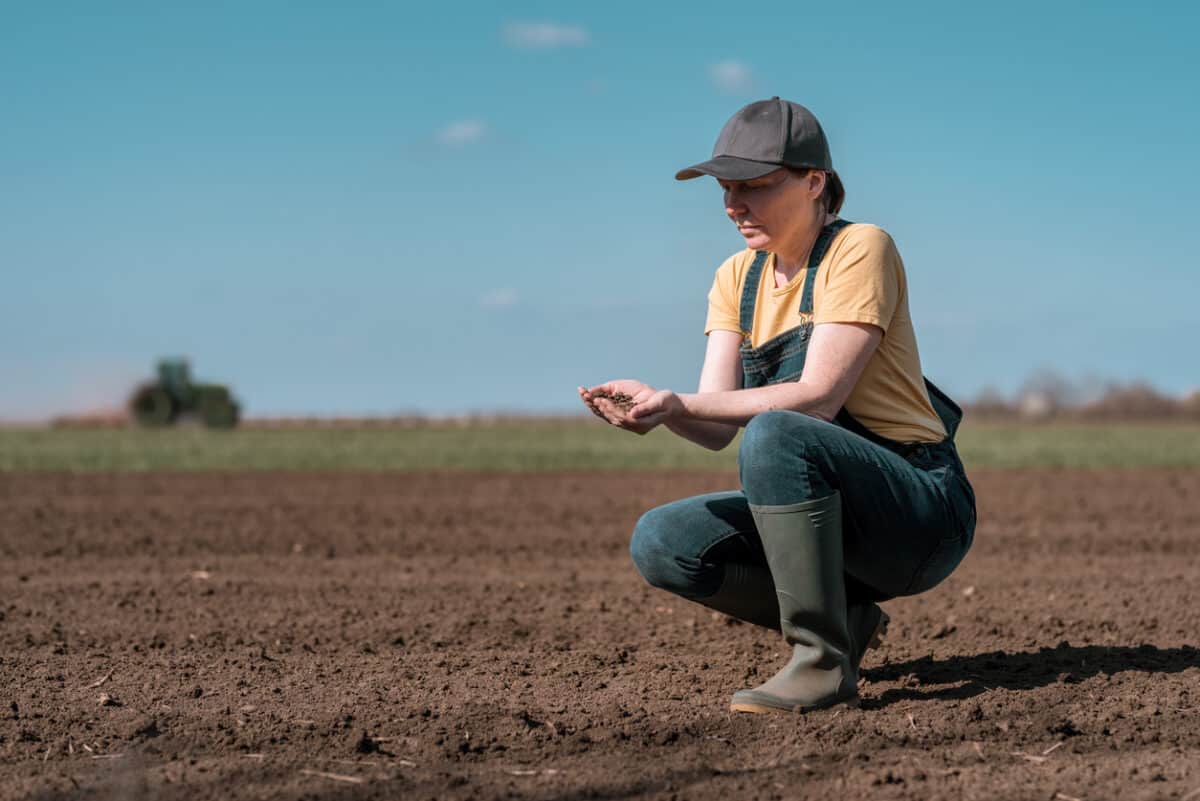Occupational health and safety (OHS) cannot afford to be anti-business. No business = no jobs = no need for OHS. And business groups should not be anti-OHS, yet it often feels that they are. A recent opinion piece by Bran Black of the Business Council of Australia argues that the success of businesses in Australia is central the economy. This is typical of the type of articles that appear in the business-friendly media as part of “soft” lobbying of the federal government prior to the May Budget.
Category: politics
An economics perspective on overwork
As Ingrid Robeyns’ Limitarianism book hits the Australian bookshops, an earlier examination of the role of excessive profits of “affluenza” from 2005 is worth considering. How does this relate to occupational health and safety (OHS)? The prevention of harm and the reduction of risk are determined by employers deciding on what they are prepared to spend on their workers’ safety, health, and welfare. Employers are looking desperately for effective ways to meet their new psychosocial harm prevention duties. Economists identified strategies in 2005.
OHS needs to create discomfort
Occupational health and safety (OHS) decision-making by employers is dominated by reasonably practicable safety and health decisions. OHS advice is similarly dominated, leading to an industry that is cowed by the need for job security and tenure. OHS teaching in tertiary institutions is also influenced, if not dominated, by what is seen as (right-wing) “business realities”.
OHS is a small part of the university curriculum. In some universities, OHS education is missing entirely. The OHS discipline is not seen as important or marketable or an important source of revenue. A new book about universities in the United States in the 1960s and 1970s may help us understand the reasons for this.
The future of OHS and Safe Work Australia
Marie Boland‘s work and reviews have been prominent features in Australia’s occupational health and safety (OHS) for over a decade. Last year, she took on the CEO role at Safe Work Australia, the country’s principal workplace health and safety policy body. Recently Boland spoke to the Australian Institute of Health and Safety (AIHS).
The interview/article starts with the unavoidable moral argument for the importance of workers’ lives in Australia and the social ripple effect of deaths and serious injuries. Inevitably, economic cost is mentioned:
“Our research shows that, in the absence of work-related injuries and illnesses, Australia’s economy would be $28.6 billion larger each year, and Australians would be able to access more jobs with better pay,”
page 27, OHS Professional, March 2024
Economics is always mentioned in articles about the importance of workplace health and safety but, really, who cares?
“If a tree falls in a forest and no one is around to hear it, does it make a sound?”
Victoria’s Sentencing Advisory Council is conducting a public inquiry into sentencing and penalties for breaches of occupational health and safety (OHS). Public hearings are continuing, and the inquiry is receiving some well-deserved media attention.
ABC’s The Law Report recently devoted an episode to Industrial Manslaughter laws and the sentencing inquiry. The IM section of the episode was very familiar, but the sentencing inquiry was intriguing.
Trade union organiser jumps the gun on Industrial Manslaughter after mine rockfall
Last week, a miner, Kurt Hourigan, died in a rockfall in a gold mine in the rural city of Ballarat. Another was rescued, and over twenty work colleagues were able to access a safety pod and exit the mine later.
Accusations of mismanagement and deficient occupational health and safety (OHS) practices are rife. The media coverage of the disaster and its aftermath reflects the days immediately after the Beaconsfield Mine Disaster in Tasmania in 2006, where the trade union, the Australian Workers Union (AWU), dominated the provision of information. But why is the AWU calling for a prosecution for Industrial Manslaughter? And why now? Isn’t there a stronger OHS message available?
The (fatal) flaw in over-reliance on government safety funding
As I write this, I am in a rooftop bar not far from the Astor Theatre, where the new Australian film ”Just a Farmer” is premiering. I am expecting a powerful story of the struggles of a farming family and community after one of their members dies by suicide. The film will likely touch on themes like the dearth of mental health support services in rural areas, the male-dominated culture of farming in Australia and the need and desire for more occupational health and safety (OHS) support services in the country. But it is the latter struggle that is most on my mind at the moment.
National organisations that support farm safety are not guaranteed the level of funding from governments they have received previously. Although the federal budget remains in surplus, it is politically expedient to keep the government purse strings tight in this time of high-interest rates and a cost-of-living crisis. This affects support services and programs for farm safety.







